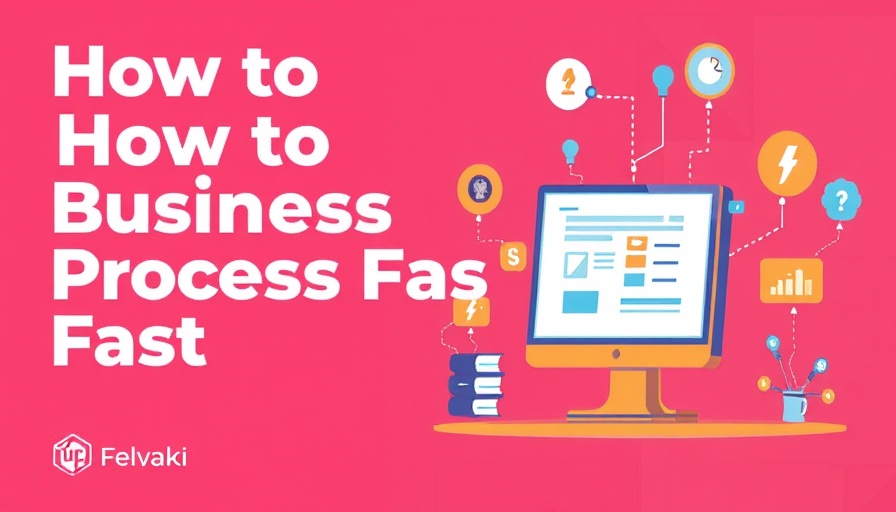
Making the Shift: Why Swap Google Tasks?
For many users, Google Tasks has been a go-to app for managing to-do lists and keeping track of daily responsibilities. However, a growing trend is emerging among productivity enthusiasts: swapping out Google Tasks for self-hosted alternatives. This decision stems from the evolving need for greater control over data, customization, and flexibility. As privacy concerns dominate discussions about technology, the shift to self-hosted apps represents a search for ownership and security in the digital age.
Exploring Alternatives: The Self-Hosted Solution
One user’s experience highlights the benefits of switching to self-hosted task management applications that align better with individual needs. Unlike Google Tasks, users can personalize their workflows, integrate other self-hosted tools, and have the option to adapt features without the limitations typically imposed by commercial giants. These apps also ensure data privacy, protecting users from the potential pitfalls of data harvesting and unintended sharing.
The Benefits of Self-Hosted Task Management
Self-hosted solutions come with a myriad of benefits that attract users tired of the mainstream options. Notably, they often provide robust customization features, allowing users to tailor their task lists to fit their specific workflows. Moreover, many of these applications utilize open-source frameworks, inviting community contributions to continuously enhance the software’s functionality.
Challenges Faced: A Learning Curve
Despite the numerous advantages, users might encounter challenges when transitioning to a self-hosted app. Setting up the application can sometimes feel daunting, especially for those unfamiliar with technology. Users must learn not only to navigate the new interface but also to maintain their own server or hosting account. The initial investment in time and patience can lead to frustration. Yet, as users adjust to the learning curve, many find the effort worthwhile for the control and satisfaction it brings.
Incorporating Productivity Techniques
Merging self-hosted task management tools with productivity techniques like the product launch formula created by Jeff Walker enhances the efficiency of users’ workflows. By using a well-defined task list, individuals can outline actionable steps needed to achieve business goals and launch products successfully. The result is a harmonious blend of personal task management and broader business strategy, offering multiple avenues for success.
Finding the Right Fit: Recommendations for Users
To make the most of self-hosted task managers, it’s essential to evaluate various applications based on individual preferences, technical skills, and specific needs. Here are a few recommended options:
- Nextcloud: A life-changing productivity app that integrates with calendars and documents.
- Trello: While partially hosted, it allows significant customization options.
- Wekan: An open-source kanban board that fully supports user privacy and data control.
Experimenting with various applications helps users find the perfect tool to build an effective online business and navigate their sales funnels with ease.
The Future of Task Management
As technology continues to evolve, the demand for self-hosted solutions is likely to grow. Users seeking more privacy and control will encourage developers to create even more robust applications. We may soon see integrations between self-hosted tools and powerful new features, enabling users to automate a variety of tasks and streamline their workflows with unprecedented efficiency.
Conclusion: Embracing Change
The journey from Google Tasks to a self-hosted app may initially seem daunting, but the rewards of greater control, customization, and privacy make the transition worthwhile. Whether integrating Jeff Walker's task list with self-hosted applications or experimenting with new methods of organization, users are carving out a more productive future tailored to their individual preferences. As we embrace this shift, we challenge the status quo of task management and empower ourselves to work more effectively.
 Add Row
Add Row  Add
Add 




Write A Comment